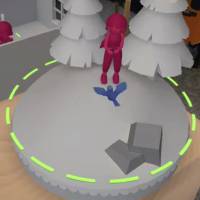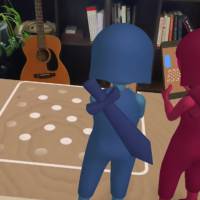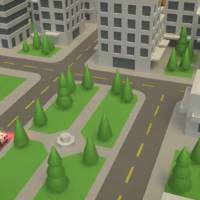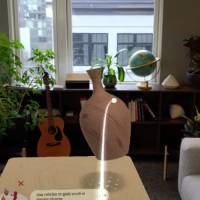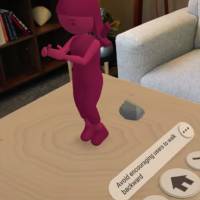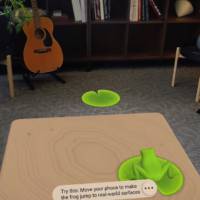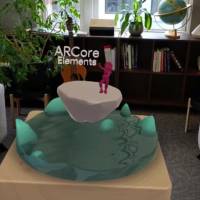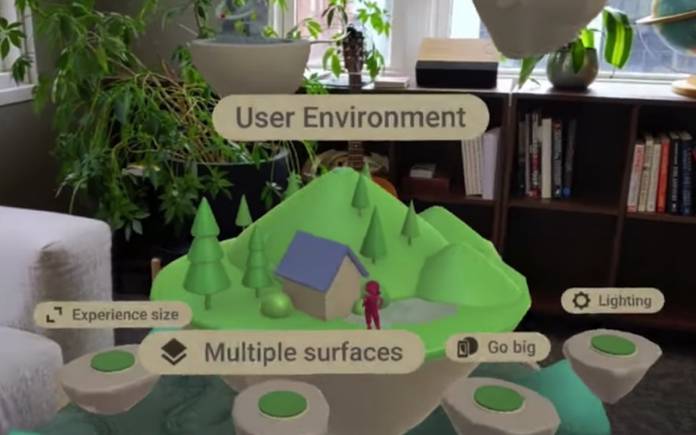
The idea of ARCore has been made official back in 2017. Google launched it as augmented reality for Android devices. Not many people know about the technology but it’s now usable. A few apps are now available on the Play Store. The first one was the Atom Visualizer. The platform was then integrated into Google Maps and Street View. The tech giant finally decided to pull the plug on Project Tango to push ARCore for augmented reality further.
The ARCore Preview 2 was released over a year ago and finally, Augmented Reality was given focus by Google at the MWC 2018. The ARCore 1.0 for developers was eventually introduced.
A few devices have already implemented ARCore tech including the Xiaomi Mi Mix 2S, Huawei P20, Moto Z2 Force, and Nexus 6P. After the last major update, here is a new update that delivers masks, patterns, and snapshot access.
Google has recently added new UI tools to ARCore. A richer creative canvas has been added as well so users can create more. There are many things you can do with augmented reality as Android is now a virtual playground of AR with endless possibilities.
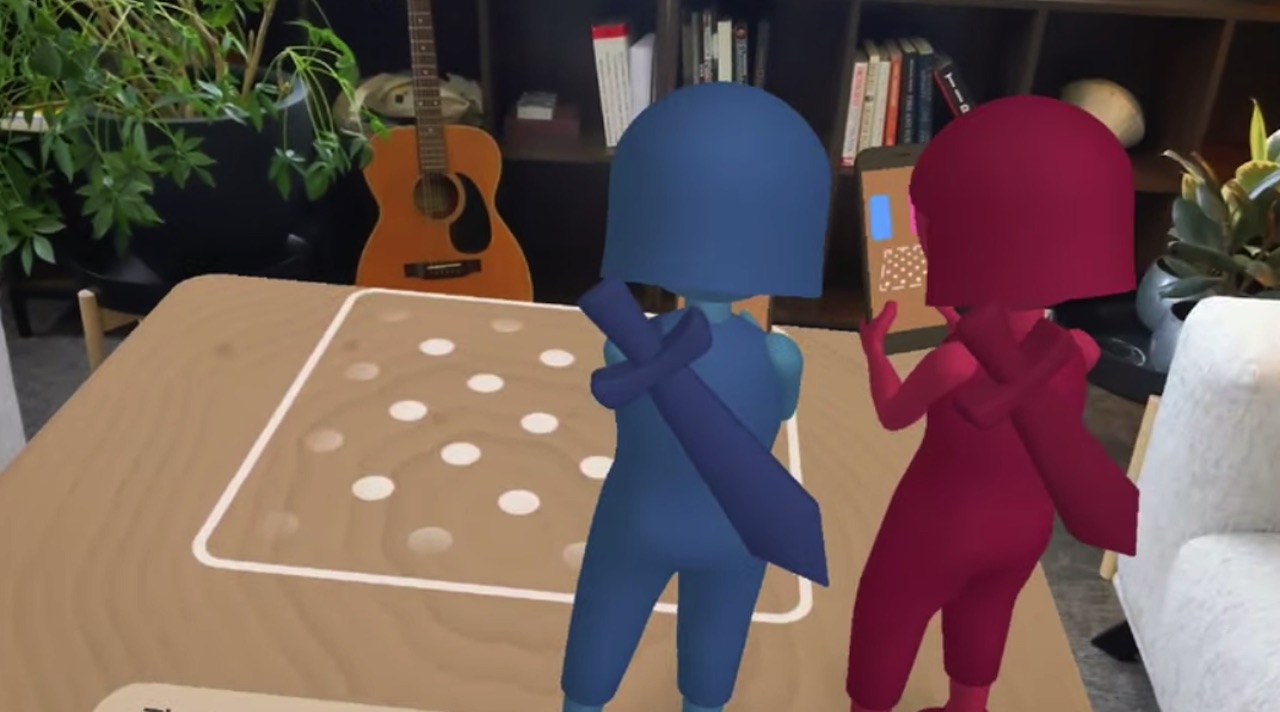
ARCore 1.7 is ready with AR selfies and animation (Augmented Faces API), new AU AI elements for the ARCore SDK for Unity, and Shared Camera Access.
AR selfies are made possible by the new Augmented Faces API and a device’s selfie camera. Just like Snapchat or other AR stickers, you can add animated masks, virtual hats, glasses, or do skin retouching. The AP also extends Trackable so faces are properly detected.
Shared Camera Access is a new tool that allows des to access the camera, pause an experience, and then start again. No need to take a screenshot with this feature because it’s easier to photograph AR elements.
VIA: SlashGear


